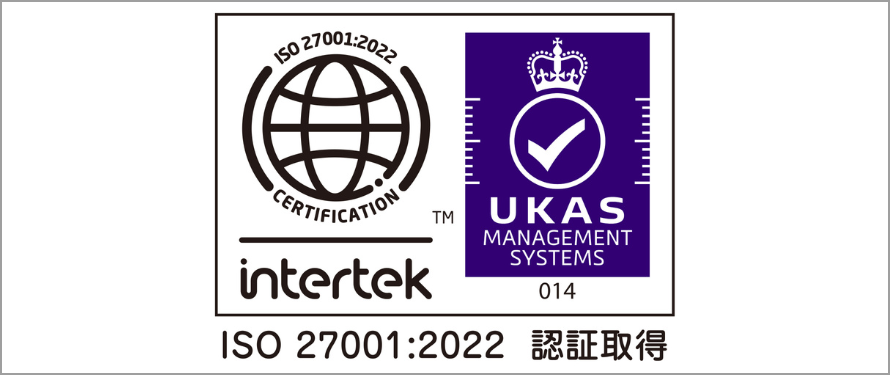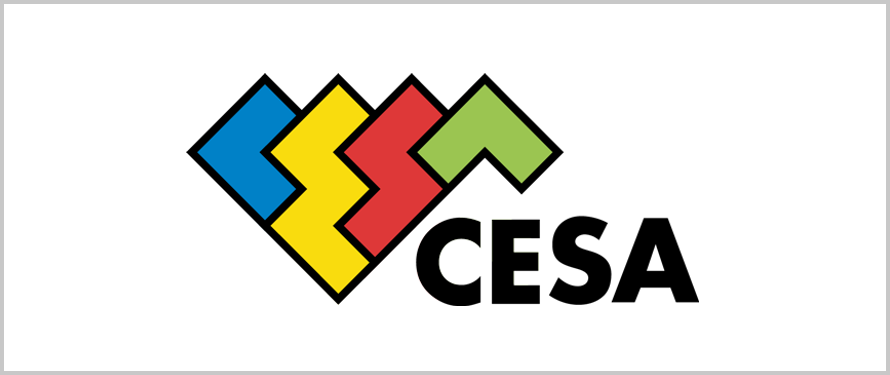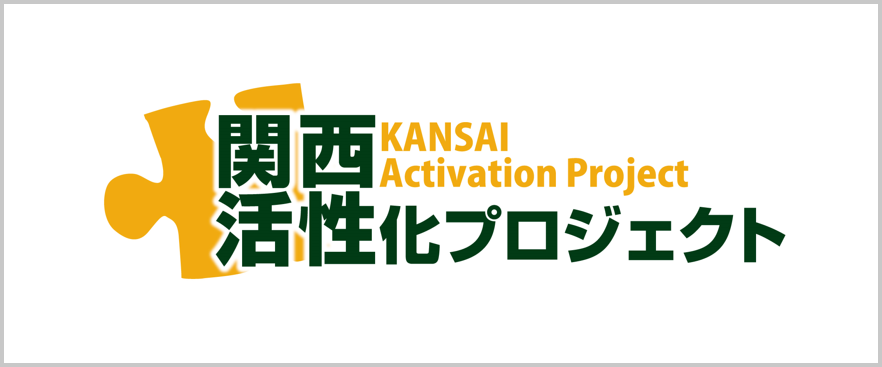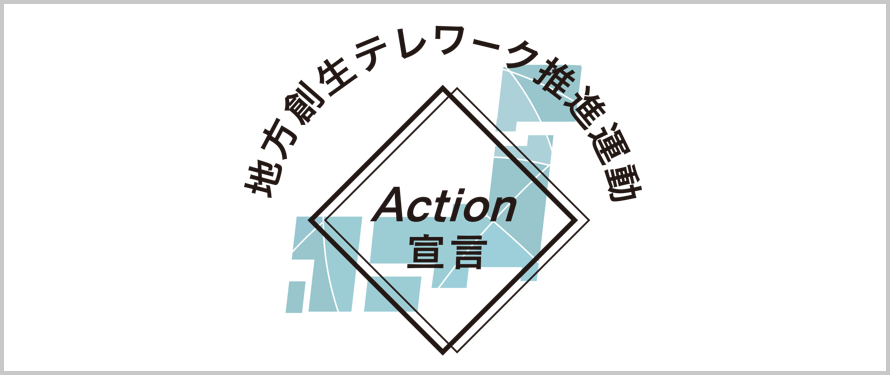Learn Japanese counters through conversations between foreigners and Japanese people!
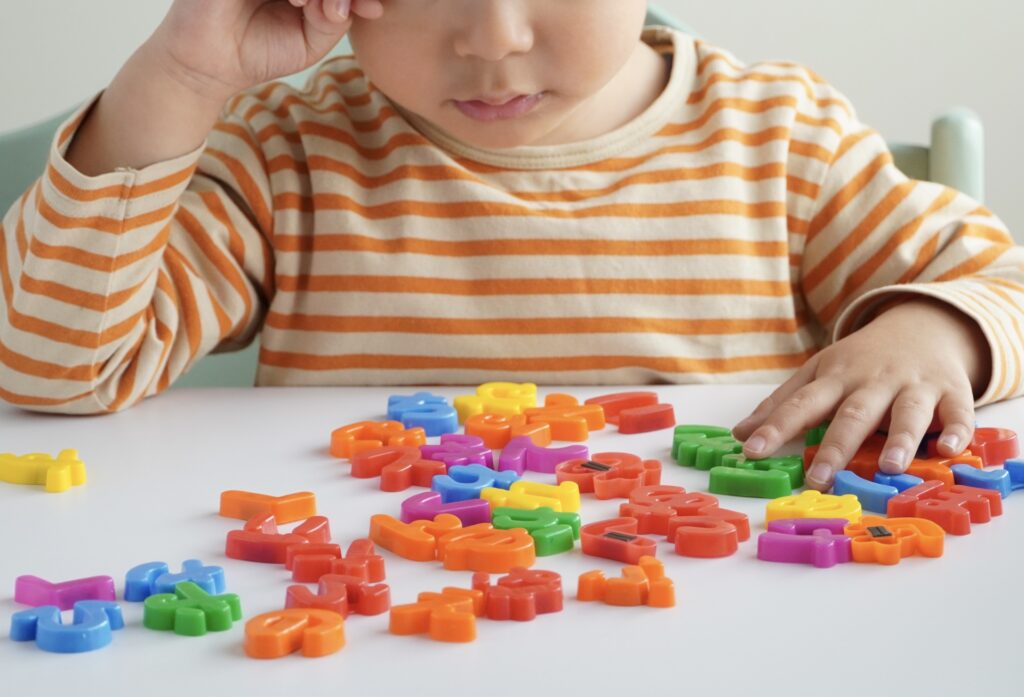
table of contents
First, let me give a quick self-introduction!!
>Self-introduction
I'm an Indian who loves Japan.
I work in Japan as an engineer in the System Solutions Department.
My motto is "Never Give Up (Try Your Best)"
and I like to eat sushi and ramen.
My favorite anime is One Piece
. I can speak Japanese (Kansai dialect), English, and Hindi.
Japanese counters are really difficult to learn, aren't they?
The pronunciation of "一 (ichi, hito, iitsu)" is particularly confusing, and I myself had a lot of trouble with it when I was studying Japanese.
So, this time I've put together a summary that will help you easily learn how to use and pronounce "一" through natural conversations between foreigners and Japanese people
. As you listen to the conversations, you'll naturally understand, "Oh, so that's how you pronounce it in this situation!"
When foreigners study Japanese, if there was a role-playing session between foreigners and Japanese people, I think it would probably be something like this!!
Things
Roberts : Hey Tanaka, how do you say "one" in Japanese?
Tanaka : That's easy. It's "ichi."
Roberts : OK! Then how do you say "one person"?
Tanaka : Hitori (hito). In Japanese, when counting people, there are unique ways to read them: "hitori" and "futari." These are used frequently in conversation, so it's important to get used to them first.
Roberts : Got it. Then one dog?
Tanaka : Ippiki (one). "Ippiki" is a counter used to count small animals. It is used for cats, dogs, fish, insects, etc. Fish can also be expressed as "ichibi" (one tail).
Roberts : One cat?
Tanaka : Same here, one cat (ippiki). Note that if there are multiple cats, it changes to "nihiki" (two cats) or "sanbiki" (three cats) due to phonetic changes.
Roberts : So... one elephant is also 一物?
Tanaka : No no no 😂 Elephants are big, so it's "ittou" (one). It's common to count large animals by "head." The same goes for cows and horses.
Roberts : So, one rabbit?
Tanaka : One bird.
Roberts : What?! But rabbit is not a bird!!
Tanaka : That's right, but in Japanese, rabbits are counted with the same "feather" as birds. This comes from the fact that in ancient Japan, rabbits were also considered birds.
Roberts : OK... then, one pencil?
Tanaka : One.
Roberts : One umbrella?
Tanaka : This is also one.
Roberts : Wait... pencil, umbrella, banana, beer bottle... all one?
Tanaka : That's right! Long, thin objects are generally counted in units of "hon".
Roberts : So in Japanese we even have to learn bananas...🍌😂
Roberts : So, one book?
Tanaka : One book. It's used to count booklet-shaped items such as books, magazines, and notebooks.
Roberts : One photo?
Tanaka : One piece. It's a counter used to count thin, flat objects such as paper, plates, photographs, and T-shirts.
Roberts : One car?
Tanaka : One car. It's a counter used to count machines and vehicles. It can also be used for televisions and computers.
Roberts : One house?
Tanaka : One house. A counter used to count houses or shops.
Roberts : I can't remember it anymore!!
Tanaka : It's okay, once you get used to it, it will become natural to use it.
Conclusion of the Mono section
Tanaka : Rather than trying to memorize it, if you use it a lot in your daily life you will naturally pick it up 😉
Roberts : Then I'll be more careful when counting from today!
Japanese counters are truly "language puzzles."
They may seem complicated at first, but once you understand the rules and rhythm, they become fascinating.Next time, let's have even more fun learning about time and number of times.
Time and Number of Times
Roberts : Tanaka-kun, how do you say "one time" in Japanese?
Tanaka : Ikkai.
Roberts : So it's "one day"?
Tanaka : It's "ichi-nichi" (one day). The pronunciation changes depending on the situation.
Roberts : What!? Same kanji but different readings!? 🤯Tanaka
: That's right. You can use it differently, like "I studied all day today" or "Today is the first day, which means the date of the 1st."
Roberts : Japanese isn't a language... it's a puzzle game!! 🧩😂
Roberts : Then, one year?
Tanaka : One year.
Roberts : Easy! Finally something simple! 😌
Tanaka : But... "Ichido" can also mean "one time," and can also be used with the nuance of "once in a lifetime."
Roberts : Stop it!! My brain is already full!! 🧠💥
Conclusion of the time and number of times section
Tanaka : It's okay! As you use it, you'll naturally get used to using "this once" and "this once"
👍Roberts : Is that really true? 😂
Give it a try!
"Ichigo" vs "Ichido"
"Ichinichi" vs "Tsuitachi"
- try making sentences and you'll quickly get the hang of it.Next time, let's have even more fun learning about food.
Food
Roberts : So how do you count food? For example... one apple?
Tanaka : One. It's used to count small, three-dimensional objects.
Roberts : One rice ball?
Tanaka : Same here, one.
Roberts : OK, easy! What about one plate of curry?
Tanaka : One plate.
Roberts : One ramen?
Tanaka : Ippai (full). We use 'hai' when counting liquids, soups, and drinks.
Roberts : Then... one portion of steak?
Tanaka : One portion.
Roberts : But I want two portions...!!
Tanaka : Then it's two portions. Be careful not to eat too much 😂
Roberts : OK... I learned one person, one animal, one bird, one stick, one book, one sheet, one car, one house, one time, one day, one year, one piece, one dish, one cup, one serving...
Tanaka : Wow, you've remembered quite a lot! 👏
Roberts : But... tomorrow I will forget everything 😭
Tanaka : Don't worry. Japanese people make mistakes sometimes too! 🤣
Conclusion of the food section
In Japanese, the way we count food changes depending on the type and shape of the food. For example, an apple or rice ball is counted as "one," curry as "one plate," ramen as "one bowl," and portions of dishes like steak are counted as "one serving."
It may be difficult to remember at first, but if you gradually get used to the ones you use most often, you'll be fine. Don't worry if you make a mistake, just have fun learning!
Next time, let's have even more fun learning about vehicles and buildings.
Vehicles and Buildings
Roberts : Tanaka, how do you say "one car"?
Tanaka : One car.
Roberts : One bicycle?
Tanaka : This is one too.
Roberts : OK! Then one TV?
Tanaka : That's one too. Machines and vehicles are generally counted in units.
Roberts : So, one train?
Tanaka : We count them in ippon.
Roberts : Eh!? But a train is not a pencil!! 🚃✏️
Tanaka : 🤣🤣 In Japanese, train cars are long, so we count them in hon.
Roberts : So one airplane?
Tanaka : One.
Roberts : One rocket?
Tanaka : This is also one.
Roberts : OK, what about buildings? One house?
Tanaka : Ikken.
Roberts : One shop?
Tanaka : Same, one house.
Roberts : One building?
Tanaka : Ittou.
Roberts : Tou!? New kanji again!! 😵
Roberts : Then... one bridge?
Tanaka : Ippon. We use "hon" for long things, "ridge" for the entire building, and "ken" for houses and shops.
Conclusion of the Vehicles and Buildings Edition
Tanaka : Well, you just have to get used to the Japanese way of counting.
Roberts : OK... I will buy 100 pencils, 100 umbrellas, and 100 trains... all one!
Tanaka : That's going to cause a huge traffic jam on the trains~🚃🚃🚃💨
Now we have the complete set of "things → time → food → vehicles and buildings"!
If you learn while having fun with conversations, you will naturally pick up the rules of counters.
If you blog about it as a series, it will be a style where you can "learn while laughing."
Summary of how to count "one" in Japanese (Archival Edition)
We have organized the counting methods for "ichi" that appear in the conversation between Roberts and Tanaka into categories.
We have created an easy-to-understand list of points that Japanese language learners often find difficult.
| category | How to count | example |
|---|---|---|
| people | One person (one person) | One, two, three... |
| small animals | One | Dogs, cats, insects, etc. |
| large animals | One | Cows, horses, elephants, etc. |
| Birds and rabbits | One bird | Birds, chickens, rabbits |
| Long and thin | One | Pencil, umbrella, banana, train, bridge |
| Thin and flat | One piece | Paper, plates, photos, T-shirts |
| Small three-dimensional objects | One | Apples, oranges, and bowls |
| Books and Magazines | One book | Books, notebooks |
| Letters and emails | One letter | Letters, emails |
| Machines and vehicles | One | Cars, bicycles, televisions, computers |
| Planes and rockets | One plane | Planes, rockets |
| house/store | One house | A house, a ramen shop |
| The entire building | One building | Building, apartment building |
| Number of times | Once | Once, twice... |
| Number of days/date | One day (ichinichi/tsukiichi) | "All day" "One day = 1 day" |
| Years | One year | one year |
| Food (plate) | One dish | A plate of curry |
| Food (bowls and cups) | One cup (full) | A bowl of ramen and a beer |
| Amount of food | One person (ichininmae) | One serving of steak |
💡 Tip:
The way to count in Japanese changes depending on the shape, size, and purpose.
First, learn the commonly used expressions (hito (person), hiti (person), hon (person), mai (person), ko (person), dai (person), and dai (unit)) to become able to use them smoothly!
*This is the culture shock that I, a foreigner and Indian, experienced when I came to Japan.
It may differ from person to person, but please note that this is just what I felt after coming to Japan.
I also have a blog that I created previously, so please take a look if you'd like! !
Why I, an Indian, came to Japan (Why foreigners are attracted to Japan)
What I, an Indian, felt after working at a Japanese company (Beyond Co., Ltd.)

 5
5